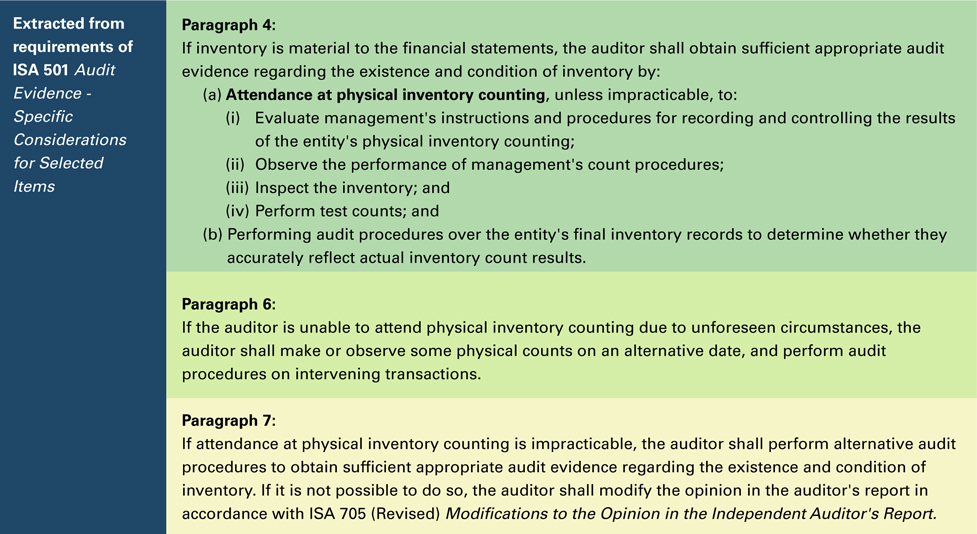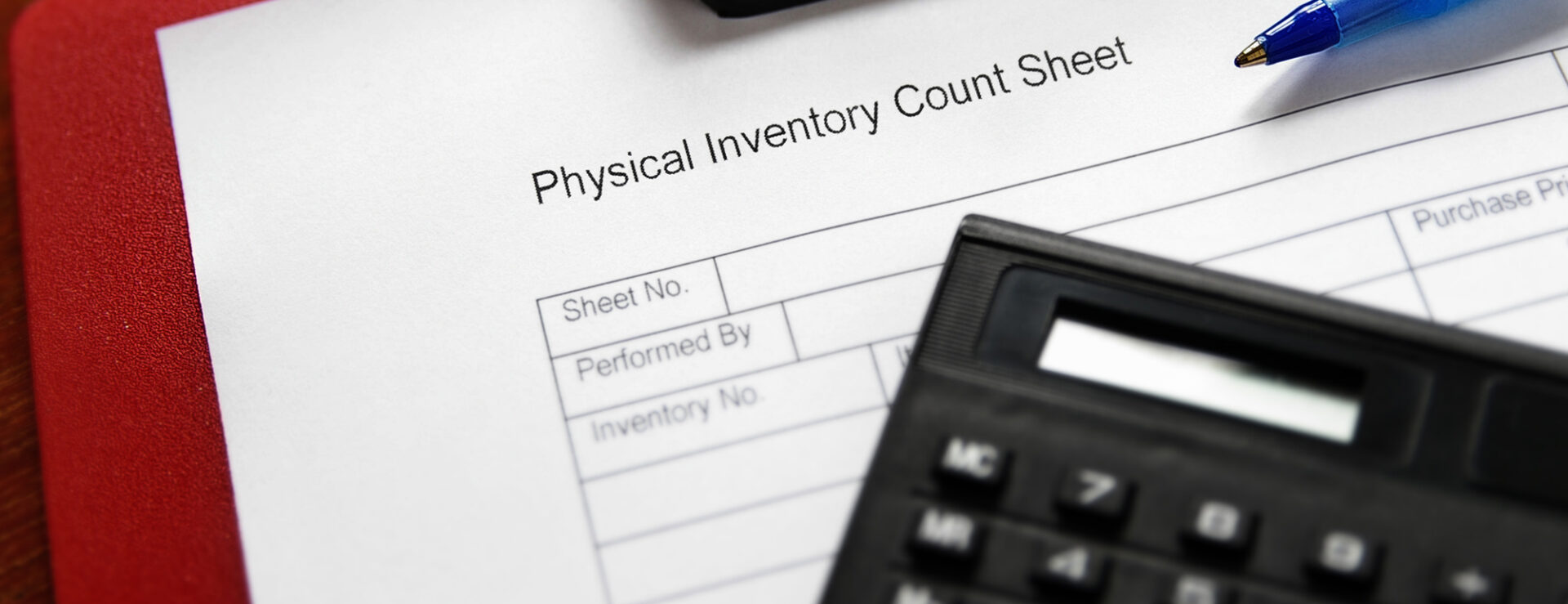By Chew Li Ling
The outbreak of COVID-19 has certainly accelerated the use of technology in many organisations, including among auditors. One particular audit matter that has surfaced during this period of restriction in movement and the need to practice social distancing is the observation of inventory counts, including whether there are alternatives available to physical observation of the counts, for example, through the use of technology. Nonetheless, the auditor should exercise professional judgement in deciding on the appropriateness of using technology such as drones or live video conferencing to assist in observing the process of physical inventory counting.
ISA 501 Audit Evidence – Specific Considerations for Selected Items provides guidance when inventory is material to the financial statements and the attendance of physical inventory counting is impracticable, which could be a situation caused by the COVID-19 outbreak. The salient paragraphs of ISA 501 dealing with these matters are stated below.

Nevertheless, it is important that the auditor applies a professional skepticism mindset and be alert that alternative procedures such as those involving virtual attendance of physical inventory counting could pose additional audit risks and/or revise any risks previously identified. As such, the auditor should plan further audit procedures to address these risks accordingly.
Key considerations of the use of technology in assisting the auditor to observe the client’s process of physical inventory counting are as follows:
- Does the client maintain a perpetual inventory system?
- Is the quality of the technology tool being used during the observation of physical inventory counting at an acceptable level?
- Does it allow the auditor to look around the client’s premise without any limitation? Are there any restricted areas within the client’s premises?
- Does it allow the auditor to observe clearly the procedures of physical inventory counting? Would there be any limitations, such as observing the product code/label or verifying the weight of inventories?
- Does it allow the auditor to communicate with the client’s staff in order to select samples from the inventory list to physical inventory on the floor or from floor to list during physical inventory counting? The auditor may need to consider increasing the sample size for testing from floor to list.
- How will loose items be addressed in the observation of inventory count?
- How can random testing be done to open any sealed boxes?
- Does it allow the auditor to evaluate the condition of the inventory, including identifying any obsolete, damaged or aging items?
- Does it allow the auditor to confirm the GPS coordinates of the location of the inventory count?
- What is the qualification of the personnel who controls the technology tool? Would there be a need for the assistance of an auditor’s expert? ISA 620 Using the Work of an Auditor’s Expert deals with the use of an auditor’s expert to assist the auditor to obtain sufficient appropriate audit evidence.
The above list of key considerations is not exhaustive. Therefore, auditors are expected to continuously exercise professional judgement in determining whether any additional considerations should be given to address their circumstances.
Auditors are reminded that the International Standards on Auditing (ISAs) are principles-based and therefore auditors are still expected to comply with the ISAs.
Auditors are also reminded that it is imperative to document the thought process on the use of technology as an alternative procedure when attendance at physical inventory counting is impracticable. Where the auditor uses technology in gathering audit evidence regarding the existence and condition of inventory, they are still required to include their conclusions reached thereon and the significant professional judgements made in reaching those conclusions.
Chew Li Ling is Manager at the Assurance & Digital Transformation Department, MIA







